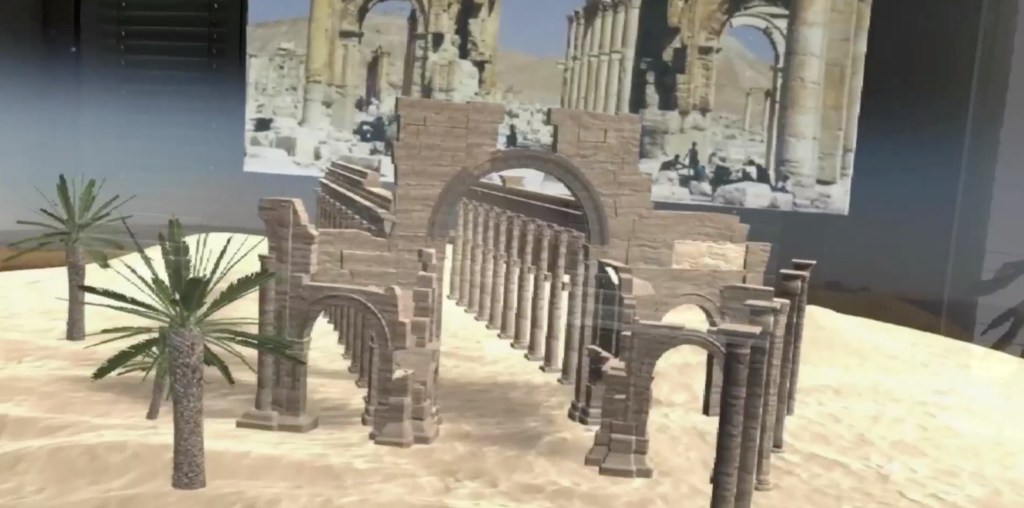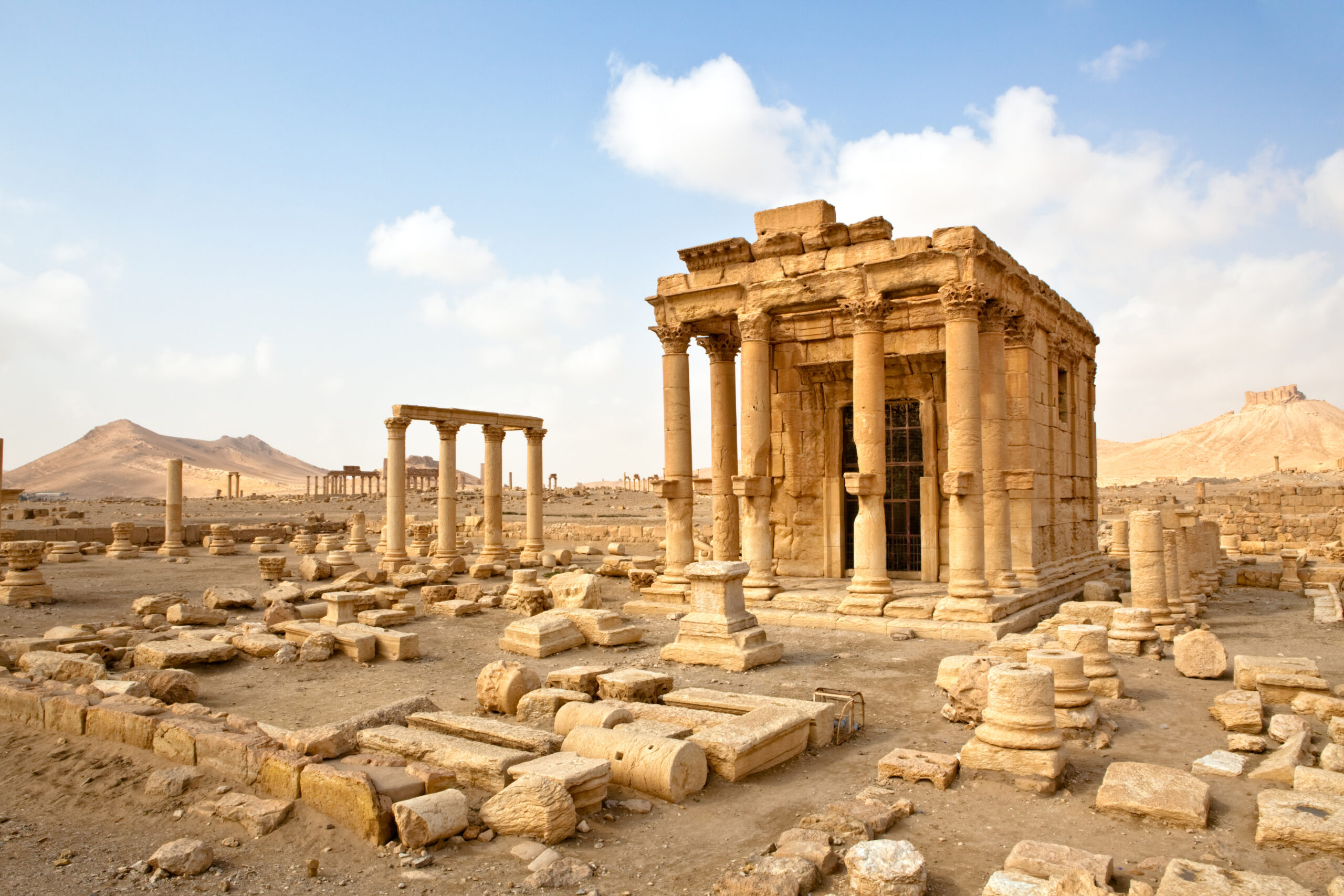Palmyra, an antique oasis town in Syria, got heavily destroyed by the terror militia IS in 2017. 2000 years of remarkable construction history became suddenly dust in the desert floor. Zaid Zaim, a developer and great admirer of the city has set himself the goal to bring all of Palmyra’s triumphal arches, facades and town squares back to life. His mixed reality app allows to experience the city interactively, from its creation to its destruction. By means of the XR streaming component ISAR SDK a photorealistic experience is now possible on HoloLens 2. This way, even the smallest details remain in memory.
Palmyra was once one of the most important cultural centers of the ancient world. Its remarkable art and architecture were formed by local Syrian techniques and influenced by the Persians as well as Graeco-Romans. The destruction of the UNESCO World Heritage site by the terror militia IS shocked the world in 2017. Many of its historic treasures were lost.
Zaid Zaim, a Syrian developer and admirer of Palmyra, knew the city since his childhood. Like many other of his compatriots, he had a hard time accepting the loss and set himself the goal to bring back the cultural heritage of the Syrian city of Palmyra. What kind of technology could re-create Palmyra in a better way than augmented reality?
Exploring the The Re-creation of Palmyra in Mixed Reality Use of Point Clouds in AR

When it comes to creating an XR app, one of the first important steps is the acquisition of data. Zaid could find models from “New Palmyra” – an open, donor-funded data base, which provides extensive 3D reconstructions of heritage sites.
Consequently, Zaid started to work on his app concept. “I wanted to let the users be part of the experience as much as I could. A very interesting way of doing this, was to visualize the city’s creation and destruction phases in augmented reality. Users can go on a time travel by simply operating the virtual slider. Furthermore, I added text and pictures to the most important stages so that the whole story is told.”
Details Make the Difference
To make the AR experience as rich and realistic as possible, Zaid put a lot of effort into details. The preparation of 3D models in Unity was an important part of Zaid’s work. Consequently, he had to find a solution on how to visualize these photorealistic models on mobile XR devices such as AR glasses, smartphones, and tablets. When it comes to polygon counts, the limited performance of mobile devices is a challenge. Microsoft’s guidance to developers has been to expect reduced performance after 100,000 polygons on HoloLens 2 AR glasses.
Large models that count in the tens of millions will inevitably lead to long lags or crashes. As a result, Zaid was not able to execute his app in all its beauty and high level of detail. “I became aware of Holo-Light’s ISAR SDK, a remote rendering solution to stream entire AR applications. I simply tested it and since it is a plugin, its implementation was fast and easy,” states Zaid. “I was finally able execute my app with high polygon models and an enormous level of detail without lags and crashes.” Going on the virtual journey of Palmyra is a great way to remember this beautiful city. And of course, there is still hope that Palmyra will be rebuild again.
TRY ISAR FOR FREE
Available on GitHub



